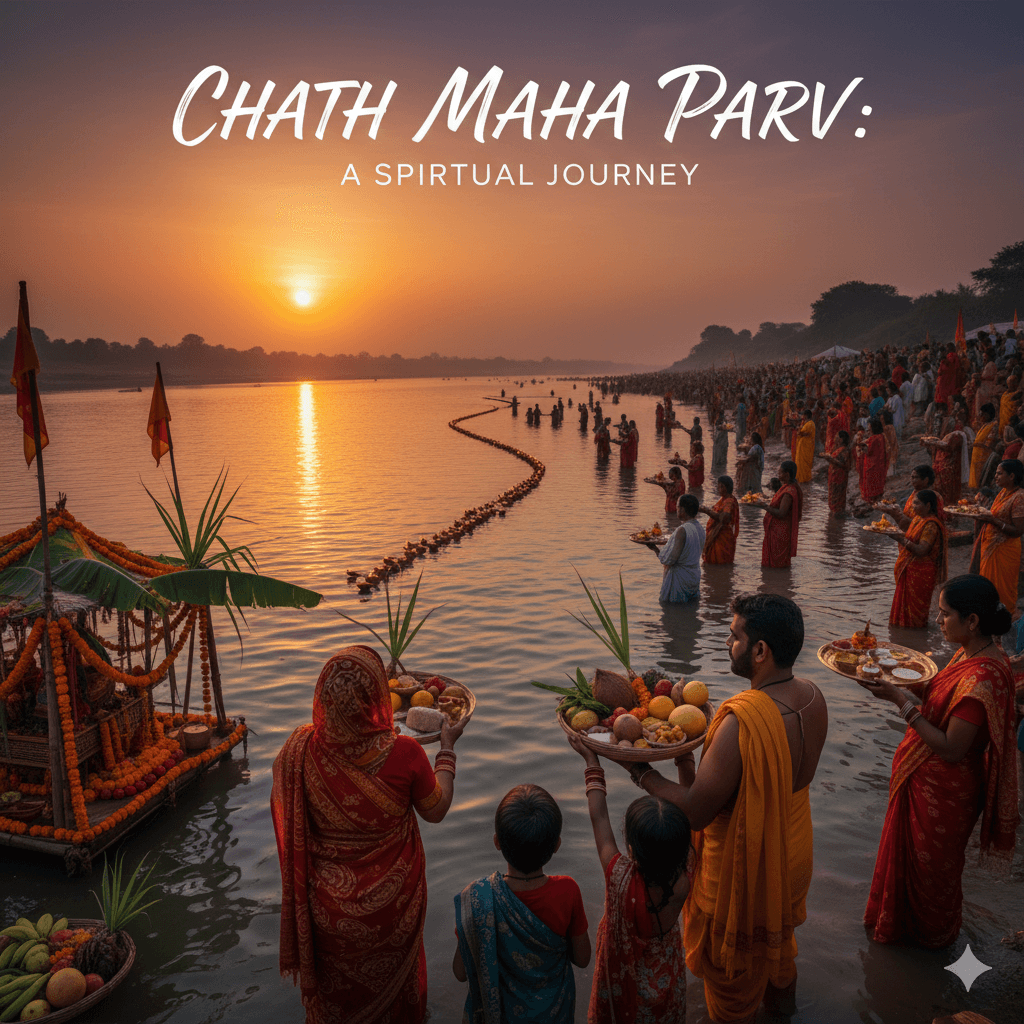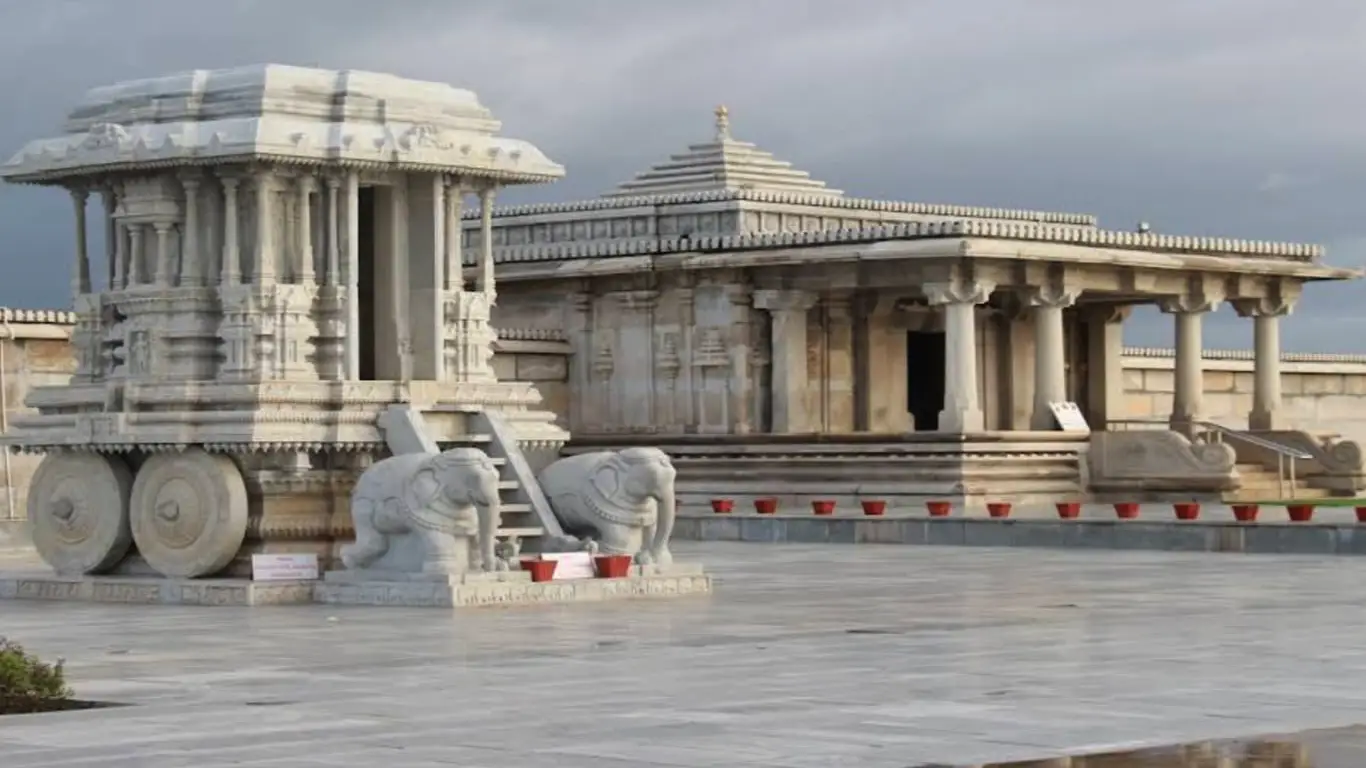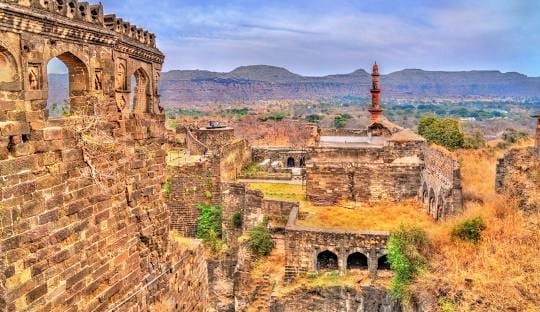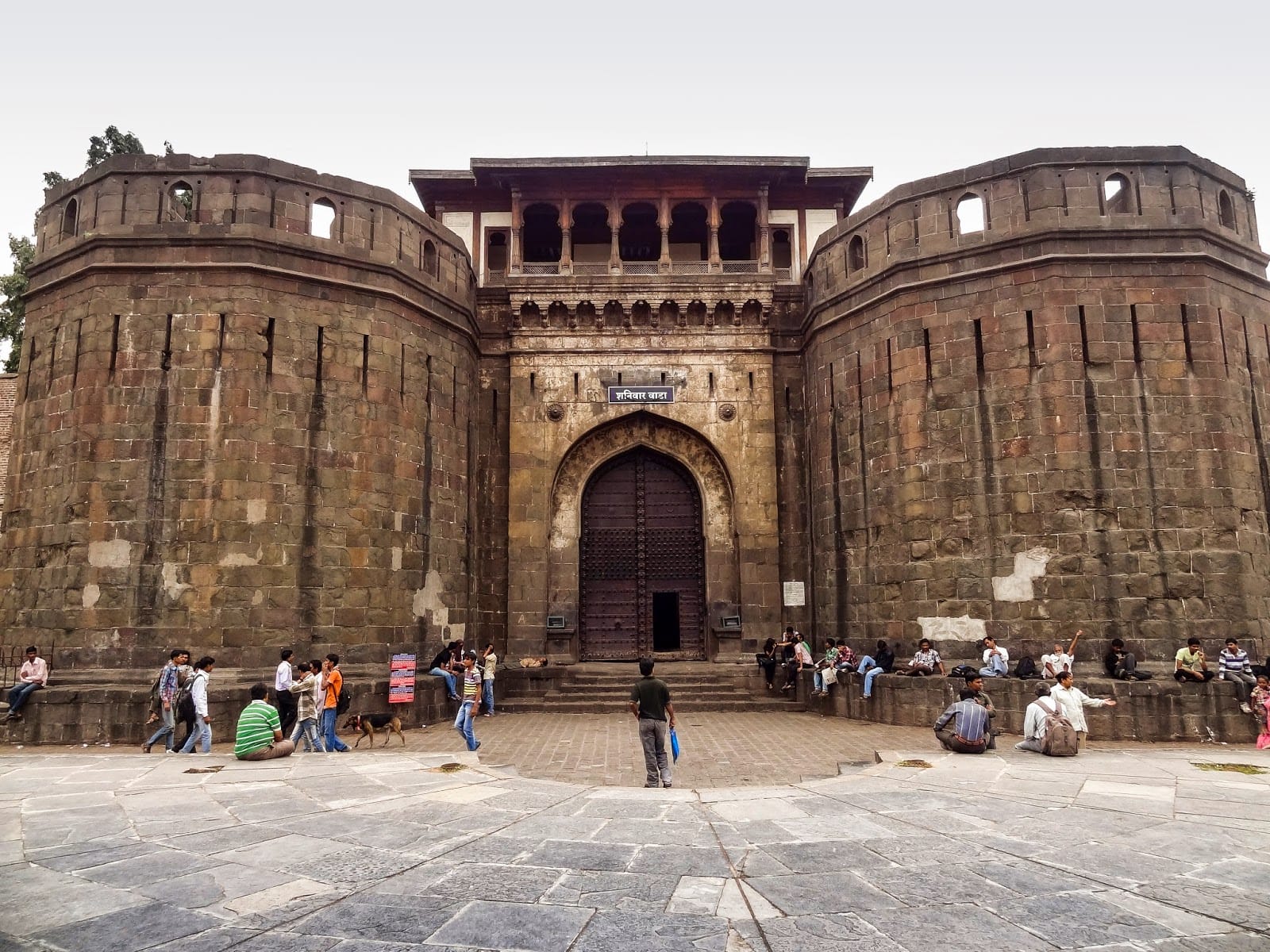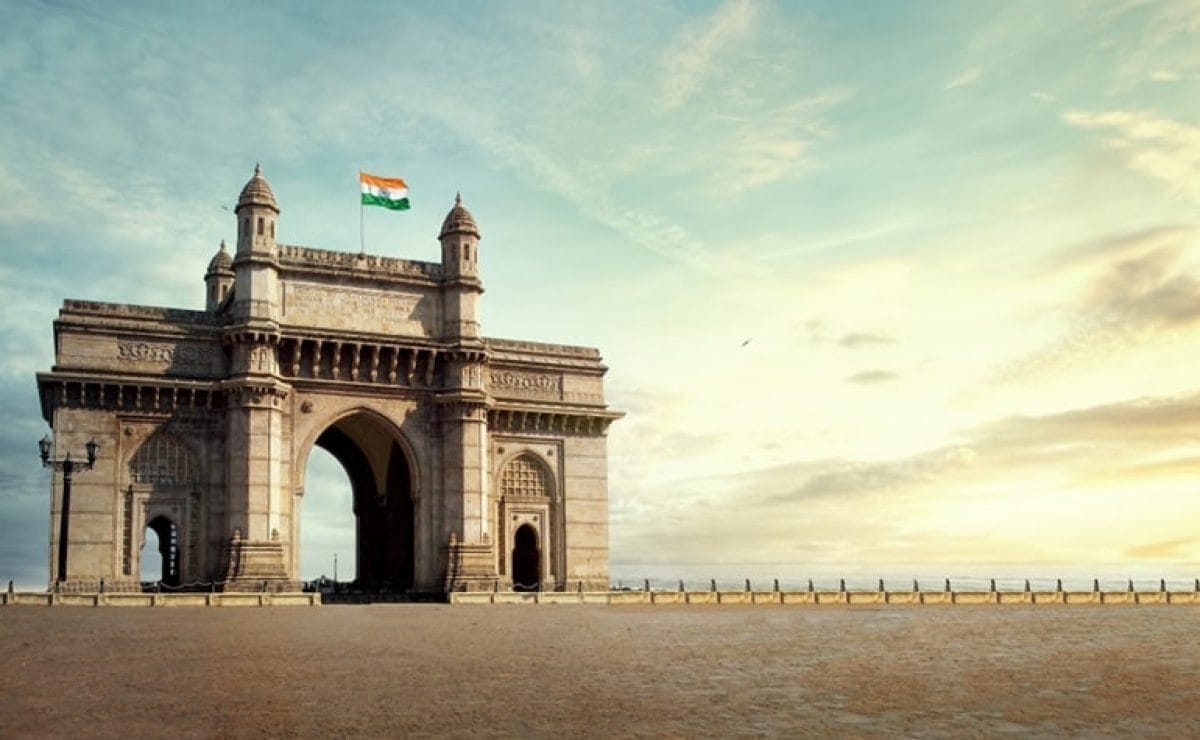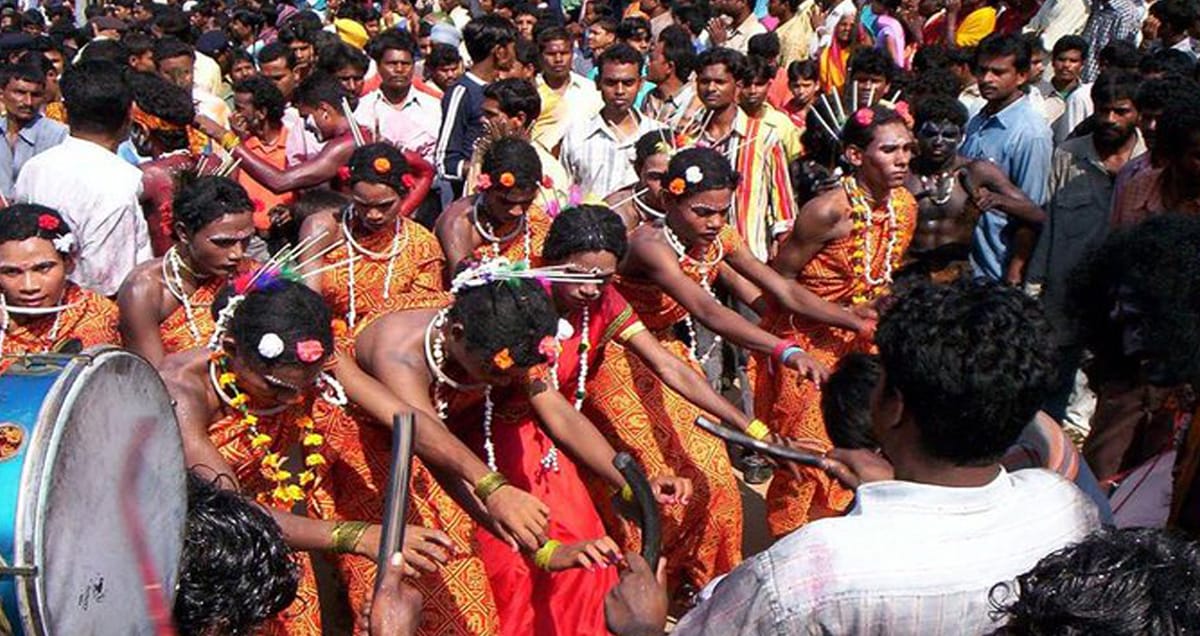
Every year, the town of Bhawanipatna in Odisha’s Kalahandi district transforms into a sea of humanity to celebrate Chatar Jatra. This spectacular festival, dedicated to the presiding deity Maa Manikeswari, showcases a powerful blend of devotion, tradition, and living history. Millions of devotees gather to witness a sacred procession that reinforces their deep-rooted faith and cultural identity.
The Legendary Story Behind Chatar Jatra
The story of Chatar Jatra begins with the history of the Kalahandi kingdom. Legend states that Maa Manikeswari was the tutelary deity of the Naga kings who once ruled the region. Later, the Ganga dynasty kings and subsequently the Chauhan dynasty kings adopted her as their principal goddess, entrusting her with the kingdom’s protection.
The festival itself re-enacts a significant historical event. The goddess originally resided in a temple in Jenakhal, a village located on the outskirts of modern-day Bhawanipatna. As the capital shifted, the king decided to bring the goddess to a new, central temple in Bhawanipatna. Maa Manikeswari agreed to move on one condition: the king must walk ahead of her and never look back during the journey.
The king led the procession, with the goddess following invisibly behind him. He could only hear the sound of her anklets to confirm her presence. As they neared the present-day temple in Bhawanipatna, the sound of her anklets suddenly stopped. Overcome with anxiety, the king broke his promise and turned around. At that very moment, the goddess turned into a stone statue, establishing her permanent residence at that spot. The Chatar Jatra commemorates this sacred journey of the goddess from her old abode to her new temple.
The Grand Procession: A Spectacle of Faith
The Chatar Jatra takes place on Mahashtami, the eighth day of Durga Puja, typically in September or October.
The main event begins in the middle of the night. Priests perform secret rituals inside the Manikeswari temple. Following these rites, they bring out the ‘Chatar’—a ceremonial umbrella made of bamboo and covered in black cloth—which represents the goddess herself. The ‘Jenakhal’, a designated priest from the original village, carries the Chatar on his head.
The procession then commences its 3-kilometre journey from the temple in Jenakhal back to the main Manikeswari temple in Bhawanipatna. Millions of devotees throng the streets to catch a glimpse of the sacred Chatar. The air fills with the sounds of devotional chants, bells, and gongs. The rhythmic beats of the Ghumura, a traditional folk dance-drum of Kalahandi, energize the atmosphere, creating a trance-like state of devotion among the participants.
A significant, though controversial, aspect of the Jatra is the tradition of animal sacrifice (‘bali’). Devotees traditionally offer thousands of animals, like goats and fowl, to the goddess along the procession route. They believe this act of sacrifice appeases the powerful deity and secures her blessings for health, prosperity, and a good harvest.

The Significance of Chatar Jatra
The importance of Chhatar Jatra extends far beyond the procession itself.
- Cultural Identity: The festival showcases the rich cultural tapestry of the Kalahandi region. It serves as a vibrant platform for traditional art forms, especially the powerful Ghumura dance, which performers execute with immense energy and skill.
- Spiritual Unification: The Jatra unites people from all walks of life, transcending caste and social status. It is a moment when the entire community comes together to express its collective faith in the protective power of Maa Manikeswari.
- A Fusion of Traditions: The festival represents a powerful fusion of tribal traditions and mainstream Hindu practices. This syncretism highlights the unique and inclusive nature of the region’s spiritual heritage.
- Living Heritage: Chhatar Jatra serves as a living link to the region’s royal history and ancient beliefs. Each year, the people of Kalahandi actively participate in their history, ensuring that their most cherished traditions continue for future generations.


